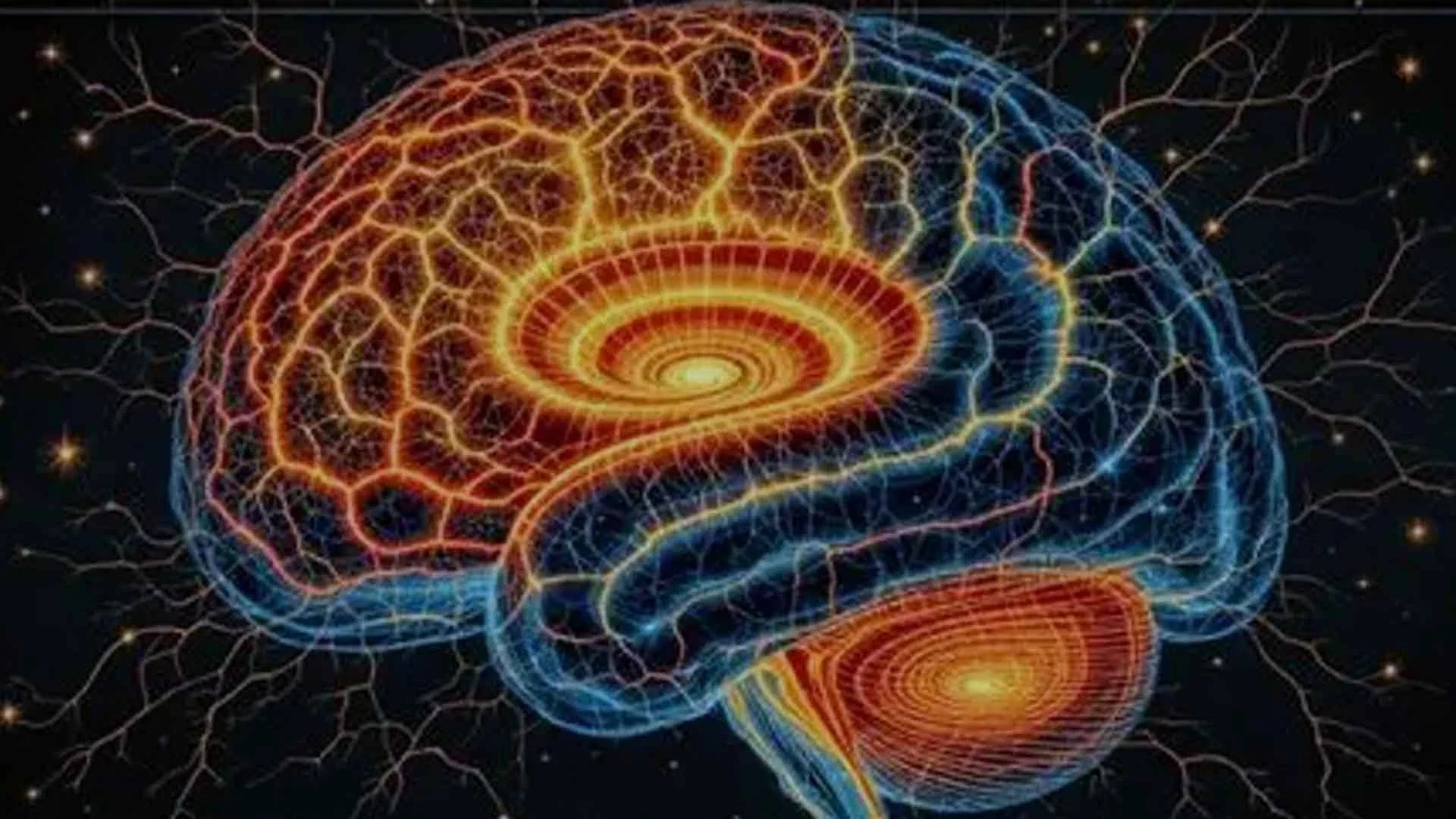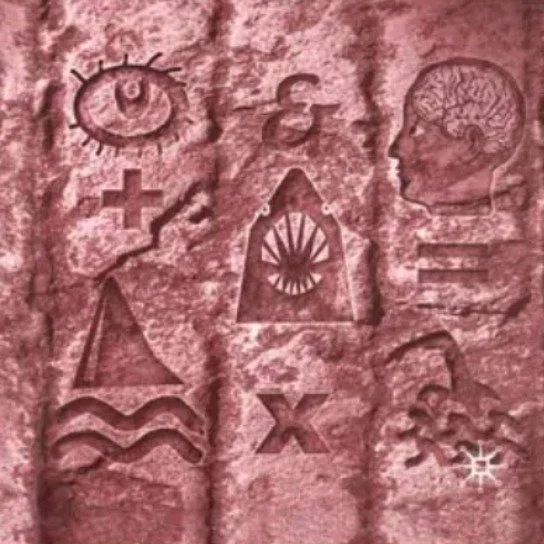The media landscape profoundly shapes public healthcare decisions, often unconsciously steering individuals toward choices that prioritize profit over well-being. This essay examines how pharmaceutical companies, governments, and payers manipulate perceptions of drugs, vaccines, medical devices, and food/hygiene products through targeted messaging, exemplified by COVID-19 vaccine campaigns and the rising costs of elective infusions. Drawing on academic evidence, it highlights mechanisms of influence, including direct-to-consumer (DTC) advertising and misinformation propagation, which inflate healthcare expenditures while eroding trust. The advent of artificial intelligence (AI) promises to intensify these dynamics via hyper-personalized manipulations. In response, this article proposes insights from an integrative, sacred approach to healthcare revisioning—grounded in contemplative traditions, hermeneutic interpretation, and theological frameworks—to foster conscious, holistic decision-making. By reclaiming the physician-patient bond as a sacred encounter and embedding ethical imperatives rooted in divine presence and deep listening, such paradigms offer a counterforce to commodified care, restoring healthcare to its fundamental calling as a healing ministry rather than a marketplace transaction. This comprehensive analysis traces the historical development of pharmaceutical marketing, examines contemporary case studies across multiple healthcare domains, anticipates the algorithmic future of medical manipulation, and provides detailed frameworks for resistance through sacred medical practice.



















